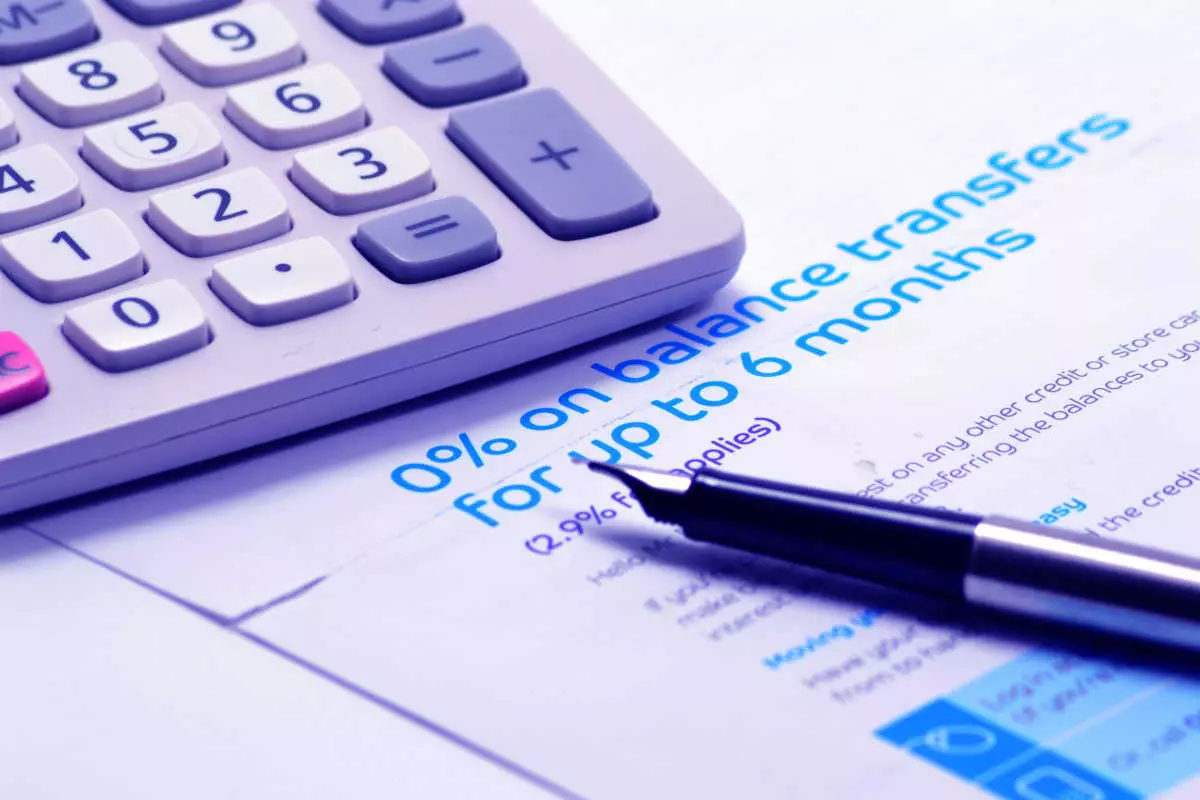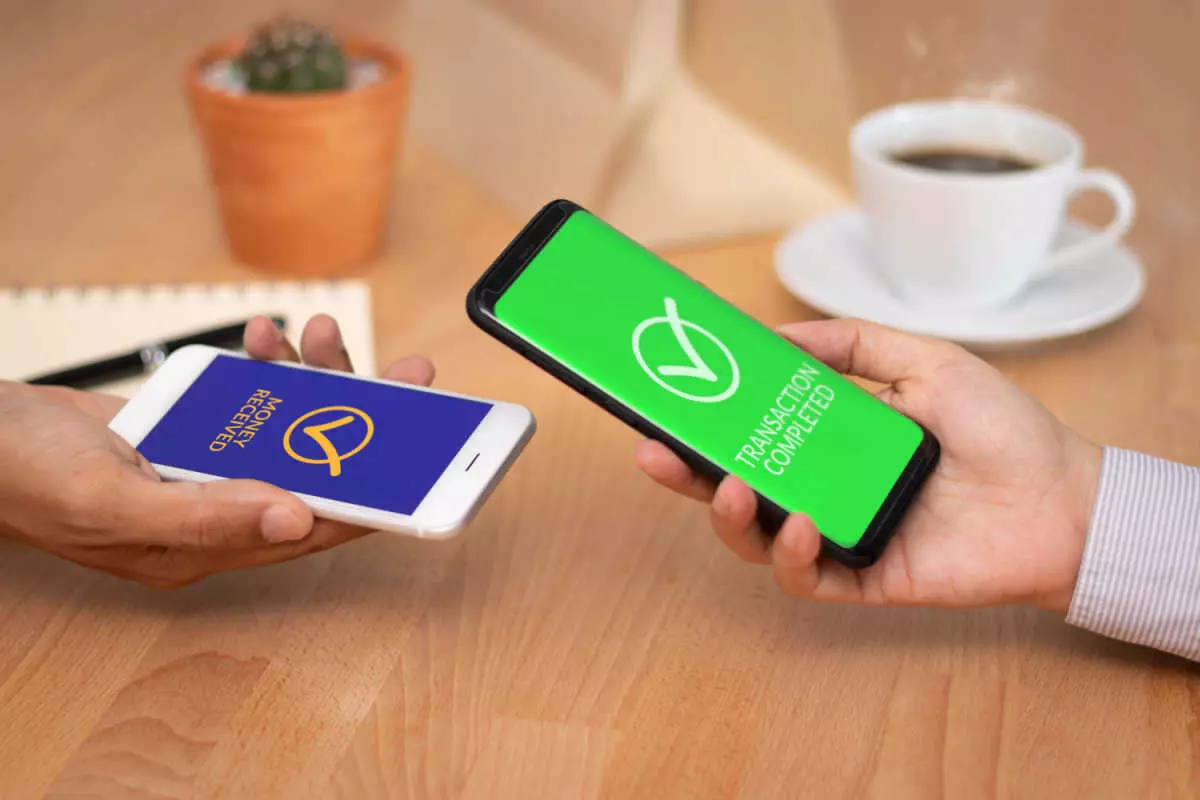How to Aggressively Pay Off Credit Card Debt
Many Americans struggle with credit card debt. According to the latest consumer debt data from the Federal State Bank of New York, Americans’ total credit card balance reached $887 billion in 2022. In addition, given inflation and rising interest rates, those balances will likely continue to grow and become increasingly expensive to carry.
Luckily, there are many tricks to paying off credit cards. However, there is no quick-fix solution, as it requires time and dedication. Keep reading to learn how to aggressively pay off credit card debt and achieve debt freedom.
Pay More Than the Minimum and Make Budget Cuts
Paying the minimum on your credit card every month keeps your account in good shape and helps you avoid late payments. However, this keeps you in debt much longer and can cost you hundreds of thousands of dollars in interest. That said, paying more than the minimum can help you save money on interest and pay off your loan faster. So, to find more ways to put money toward your debt, look at your income and credit card statements and discover areas where you can cut or stop overspending. These can include groceries, transportation, and entertainment. This way, you increase your chances of affording more than the minimum payment on your credit card debts and paying them off faster.
Increase Your Income
You may eventually reach a point where you can’t trim any more from your monthly expenses. If possible, consider asking for a raise at your current job or taking on freelance on the side in your spare time. For instance, Upwork is an excellent freelance website for finding work, no matter your skills. These include writing, accounting, consulting, virtual assisting, marketing, customer service, and sales.
You could also look into passive income sources such as starting a dropshipping store, teaching online courses, selling handmade goods, or running an affiliate marketing business if you have a big following on social media.
Consider the Debt Avalanche Method
The debt avalanche method is one effective and quickest way to pay off credit card debt and save on interest. It includes paying off your highest interest rate card first by allocating as much money as possible.

Meanwhile, you make the minimum monthly payments on all your remaining debts. Then, once your highest-interest debt is paid, you can use the remaining money to pay down the minimum monthly payment on your next highest card. Continue this method until you pay off all your debt.
For example, suppose you have three debts: a personal loan of $2,000 with 0% APR, a credit card bill with a balance of $30,000 with 20% APR, and a car loan worth $15,000 with 10% APR.
In this scenario, the avalanche method requires you to focus on paying off your credit card debt first while covering minimums on your other accounts.
Let’s say you were paying $500 towards your credit card every month. Once that’s paid off, you funnel that $500 toward your car loan. So, in this case, if you made minimum payments of $250 on your car loan, you will now allocate $750 to it to pay it off faster.
Once you also pay off your auto loan in full, you will then add the $500 to the minimum payments you were already paying on your personal loan.
Use the Snowball Method to Pay Off Credit Card Debt
The snowball method works similarly to the avalanche method. However, this method requires you to pay off your lowest balance first and make minimum payments on the rest. This method may be effective if you have multiple credit cards with low balances, as you might pay them off faster. In addition, this method allows you to achieve small wins sooner, which can motivate you to stick to your plan as the progress of getting rid of high-interest debt may be slower.
For example, suppose you have three credit cards. Card A has a balance of $1,000, card B is $500, and card C is $2,000. In this case, you pay off card B first, followed by card A, and finally, card B.
Get a Balance Transfer Credit Card
A balance transfer is one of the best ways to pay the debt off fast and save money from paying high interest if you have excellent credit. A balance transfer works by transferring your high-interest debt from an old credit card to a new one that charges 0% interest for a specified time.

If your credit card transfer is approved, your debt will be allocated to one card. In turn, you make payments to the new card provider. However, remember that you can’t transfer a balance between two cards issued by the same bank.
If you’re considering getting a balance transfer credit card, look for a card that:
- Doesn’t charge an annual fee
- Has a long 0% interest period
- Charges a low balance transfer fee of up to 3%
Also, make sure you can pay off your debt by the end of the introductory period to avoid paying interest fees on the remaining balance.
Look at a Debt Consolidation Loan
Similar to a balance transfer, you may qualify for a debt consolidation loan if you have a good credit score. A debt consolidation loan helps you combine multiple personal loans into one more manageable loan with lower interest. However, consider the advantages and disadvantages of borrowing this type of loan.
For instance, you may face upfront costs such as origination fees that typically cost around 1% to 8% of the total loan amount. In addition, the APR varies depending on the borrower’s credit score.
Some borrowers may receive lower interest rates with consolidation loans. These lower interest rates may help you repay your debt faster. However, others may receive less favorable interest rates, especially damaged credit borrowers.
Also, your monthly payments may be higher as you combine multiple loans into one. So, make sure you can afford them; otherwise, you will be penalized for missing payments.
Apply for a Home Equity Loan
If you are a homeowner with significant credit card debt, you may consider using your home equity to pay off your high-interest cards. Interest loans are typically lower than credit cards, and the loan term can range from five to 30 years. To qualify for a home equity loan, you need at least 15% to 20% equity in your home.
For example, if your home’s value is $300,000, you must have paid at least $45,000 to $60,000 of your mortgage. In addition, you need to have a good credit score and history and a debt-to-income ratio of less than 43%. However, be careful when taking out a home equity loan, as you risk losing your home if you fall behind on your payments.
Borrow From Friends and Family
If possible, you can consider borrowing money from family and friends to pay down your debt. In addition, chances are that your friends and family may not charge you interest. However, make every effort to repay your loan to avoid jeopardizing your relationship with a loved one.

Also, you shouldn’t feel ashamed to ask for help from close friends and family members. A 2020 report found that 16% of U.S. households relied on borrowing from friends and family to cover their expenses.
Try to Renegotiate with Your Creditors
If none of the mentioned tips on paying off credit card debt applies to your conditions, another option may be to talk to your creditor and ask if they would be willing to renegotiate the terms and conditions of your credit card debt.
You may also choose to renegotiate temporarily or permanently. In such cases, the lender will ask for proof of why you can’t afford your current payment and your household budget showing your income and essential living costs to determine how much you can realistically afford.
Conclusion
Now that you know how to aggressively pay off credit card debt, your chosen methods will be unique to your circumstances. Nonetheless, the goal is to pay off debt as fast as possible while saving on interest and keeping your credit in good standing.
However, while paying off your debt, make sure you leave room to build an emergency fund to resist the temptation of reaching out to your credit cards when facing unexpected expenses.
Table of Contents
- Pay More Than the Minimum and Make Budget Cuts
- Increase Your Income
- Consider the Debt Avalanche Method
- Use the Snowball Method to Pay Off Credit Card Debt
- Get a Balance Transfer Credit Card
- Look at a Debt Consolidation Loan
- Apply for a Home Equity Loan
- Borrow From Friends and Family
- Try to Renegotiate with Your Creditors
- Conclusion